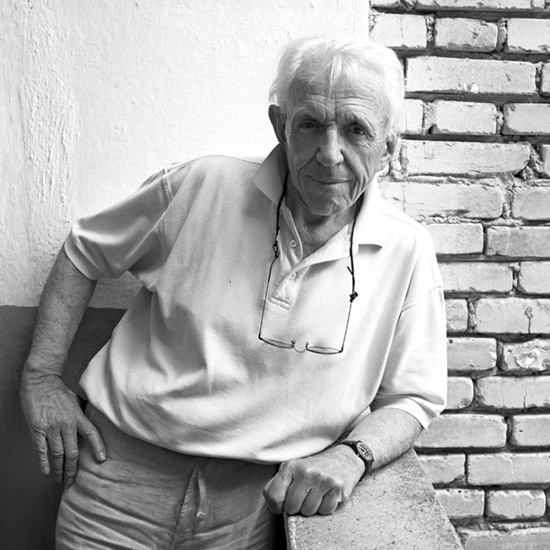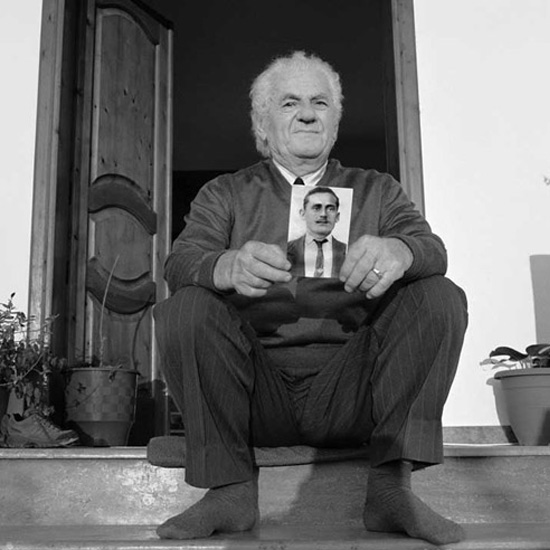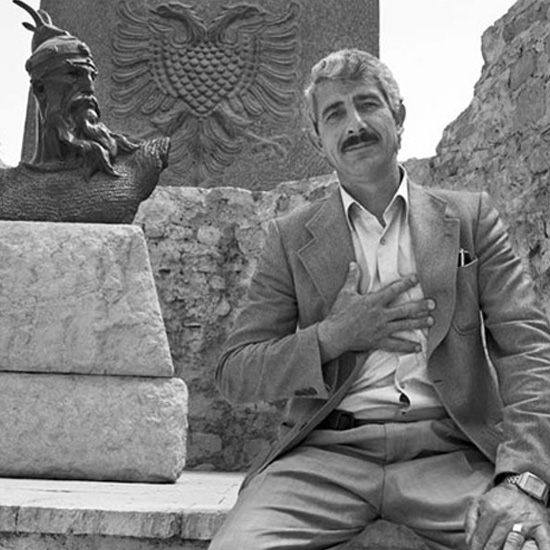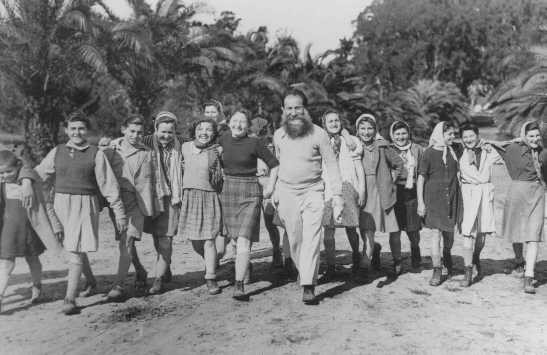Module 3: Religion & Culture
Muslims as Righteous Gentiles

Connections: Saving a Life
The following quote, familiar to students of Judaism, is found in the Qur’an and is often quoted in the context of Muslim rescuers during the Holocaust: “If anyone saves a life it is as if he saves the lives of all humankind,” (Sura 5, verse 32). Scholars of Muslim texts have long recognized this Qur’anic verse as referencing the Talmud.
The Qur’an. Translated by Abdel Haleem, M. A. S. New York: Oxford University Press, 2005.
Here is the Talmudic quote:
“…anyone who destroys a life is considered by Scripture to have destroyed an entire world; any who saves a life is as if he saved an entire world.”
Jerusalem Talmud: Mishnah Sanhedrin 4.5.
Mann, Natasha. n.d. “The Death Penalty.” Sefaria. Accessed February 5, 2022.
Oral History: Eva Bourkis Weisel
In her testimony, Eva Bourkis Weisel describes how following Nazi Germany’s occupation of Tunisia, an Arab man named Khaled Abdul Wahab hid her and 23 other Jews in his stables to protect them from being discovered by the Nazis.
Watch: Eva Boukris Weisel on being saved by Arab neighbor

Norman H. Gershman
Norman H. Gershman is the photographer behind the exhibition entitled Besa: A Code of Honor. As the Yad Vashem explains on the exhibition’s web page, ”for four years Gershman focused on photographing Muslim families who saved Jews during the Holocaust, converging between two seemingly opposed worlds”. —Yad Vashem

Nuro Hoxa, Besa
“I am the oldest son of Nuro Hoxha, who was well known as a teacher and a religious Muslim here in our community of Vlorë. I remember those terrible times when the Nazis moved into Vlorë from Greece, and the Jews went into hiding. I was ten years old. The Jews in Vlorë, Berat, and Elbasan had been living in Albania since 1490, and many fled here from Ioannina in Greece.
My father sheltered four Jewish families. They were all his friends. I remember my father’s words to those he took in: “Now we are one family. You won’t suffer any evil. My sons and I will defend you against peril at the cost of our lives.”
We hid the families in underground bunkers that extended from our large house. There were three generations of the extended families of Ilia Sollomoni and Mojsi Negrin, comprising twelve people. There were others whose names I do not recall. The bunkers were connected, and had many escape routes. It was my job to take food to the families in the bunkers and to shop for necessities. All the inhabitants of Vlorë were anti-fascist and all knew that many families were sheltering Jews.”
–Story as told by Sazan Hoxha (son of Nuro Hoxha). On July 21, 1992, Yad Vashem recognized Nuro Hoxha as a Righteous Among the Nations. —Yad Vashem

Ali Sheqer Pashkal, Besa
“Our traditional home is in Pukë. My father owned a general store with food provisions. It was the only store of its kind for many miles around. One day a German transport rolled by with nineteen Albanian prisoners on their way to hard labor, and one Jew who was to be shot. My father spoke excellent German and invited the Nazis into his store and offered them food and wine. He plied them with wine until they became drunk.
Meanwhile he hid a note in a piece of melon and gave it to the young Jew. It instructed him to jump out and flee into the woods to a designated place. The Nazis were furious over the escape, but my father claimed innocence. They brought my father into the village and lined him up against a wall to extract information about where the Jew was hiding.
Four times they put a gun to his head. They came back and threatened to burn down the village if my father didn’t confess. My father held out, and finally they left. My father retrieved the man from the forest and hid him for two years in his home until the war was over. His name was Yeoshua Baruchowiç. There were thirty families in this village, but no one knew that my father was sheltering a Jew. Yeoshua is still alive. He is a dentist and lives in Mexico.”
–Story as told by Enver Alia Sheqer (son of Ali Sheqer Pashkaj). On March 18, 2002, Yad Vashem recognized Ali Sheqer Pashkaj as a Righteous Among the Nations. —Yad Vashem
The Story of the Hardaga and Kavilio families

The former Yugoslavia was invaded by the Germans in April 1941. Josef Kavilio lived in Sarajevo with his family. Their home was destroyed at this time and they needed a place to stay. On their way to seek shelter at Josef’s factory, they met a friend named Mustafa Hardaga, a Muslim man. Hardaga opened his home to the Kavilio family and welcomed them as members of his own family. Eventually, Josef moved his family to Mostar while he remained in Sarajevo. He was eventually arrested and imprisoned in the Jasenovac camp. Mustafa’s wife, Zejneba saw Josef at the camp and brought him food to sustain him. The Kavilio family eventually moved to Israel and in 1984, Yad Vashem recognized Mustafa Hardaga and his family as Righteous Among the Nations. Yad Vashem also bestowed this honour upon Mustafa’s father-in-law, Ahmed Sadik.
Mustafa and Zejneba Hardaga, Izet and Bachriya Hardaga, Ahmed Sadik
The “Children of Tehran”
The “Children of Tehran,” or “Tehran Children” were a group of Polish-Jewish children eventually brought to Tehran, Iran as orphans seeking refuge from the Nazis. Many Polish Jews fled to the Soviet Union following Nazi Germany’s invasion of Poland in September 1939. The Jews who fled to the Soviet Union faced harsh conditions and a number of children became orphans. Eventually, Germany attacked the Soviet Union and more children were orphaned as a result of the ongoing conflict. Soviet and British troops occupied Iran and allowed for 24,000 Polish refugees (among them civilians) to be resettled in Iran. 1,000 of those Polish refugees were children. These are the children dubbed the “Tehran Children.” An important player in the resettlement of Polish children in Tehran was the Jewish Agency for Palestine. They sent representatives to help in the camp with the over 700 children who arrived between April-August 1942. The camp was known as the “Tehran Home for Jewish Children.” This Jewish Agency for Palestine helped organize the migration of these children to Palestine in 1943. A total of 870 Tehran Children were brought to Palestine.


